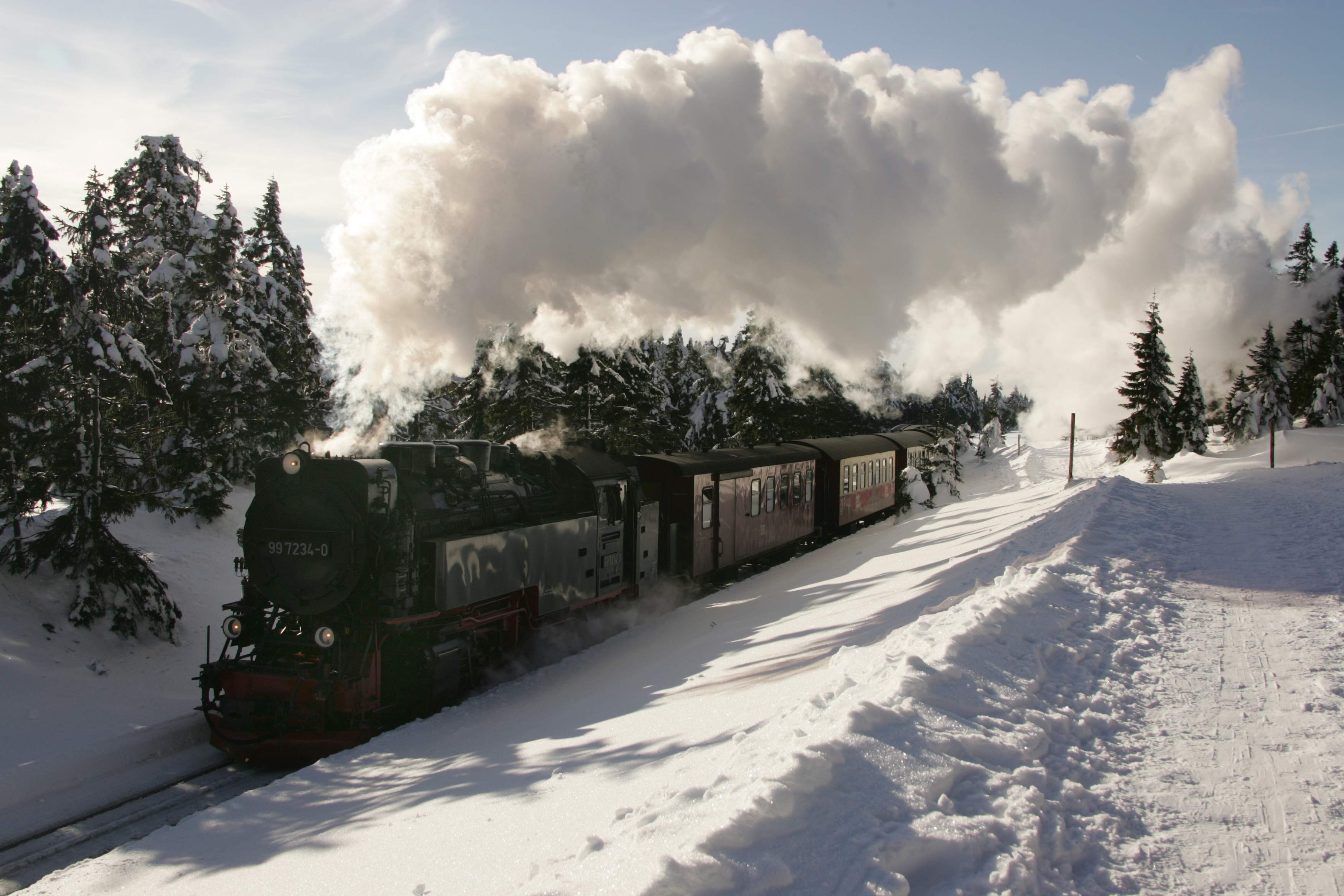
Last month I visited the Harz region for the first time – a mountainous area in central Germany. Though the Harz is fairly well-known within Germany, the area definitely doesn’t get its fair share of international visitors and there’s no real reason why.
A real hidden gem, the Harz has a lot to offer – four UNESCO World Heritage sites, beautiful villages big and small, and plenty of outdoor activities like hiking, walking or mountain biking.
And so to help make my case, I’ve put together a list of 13 reasons to visit the Harz – some of which I was lucky enough to do myself and others that various guides explained throughout the course of my stay.
- The mines of Rammelsberg
One unique experience I had in the Harz region was a guided tour of Rammelsberg mine. Opened in 1066 and finally closed in 1988, UNESCO-listed Rammelsberg is the only mine in the world which was operational for over one thousand consecutive years. As such, a tour of the mine serves as a brilliant insight into the history of the mining industry – something the Harz region is known for.
- Walpurgisnacht
The region is also famous for its association with witchcraft and its celebration of Walpurgis Night on 30 April, when witches are said to meet on the Brocken – the highest mountain in the Harz. To mark the occasion, many villages in the area light large bonfires and party into the early hours of the morning in order to make as much noise as possible to keep the witches away.
- The first capital of Germany
The modest city of Quedlinburg proudly calls itself the first capital of Germany as it was here that Heinrich the First was crowned the first King of Germany in 919. Formerly the Duke of Saxony, Heinrich was the first person to rule (what was then) Germany as a single entity. After his death, his widow Mathilde founded a prestigious women’s convent, which still stands in the centre of Quedlinburg today on the so-called ‘castle hill’ or Schlossberg.
- The old town of Goslar
Definitely one of the most beautiful places I’ve been to, Goslar’s old town is a real treasure. UNESCO-listed for its many timber-framed buildings, the town has a very unique appearance, with beautifully decorated buildings which lean and sag in unexpected places.
- East-meets-West
One interesting part of the history of the Harz region is its division during the period of a divided Germany. Often, former West and East Germany are thought of as two totally different places, but during this period, the Harz region was split in two and so the fall of the Berlin wall and German reunification have a particular significance here. Today, the former border is kept as a nature reserve, which can be hiked along the Green Belt Harz trail.
- Martin Luther
The area also has important historic links to Martin Luther, the founder of Protestantism. While he spent most of his life in Wittenberg, Luther was born and also died in the town of Eisleben, found just outside the Harz region. Today his ‘Birth-House’ and ‘Death-House’ are UNESCO-listed museums. The former has been a museum since 1693 and tells the story of Eisleben at the time of Luther’s upbringing, while the latter is a newly-restored interactive museum chronicling his final days and attitudes of the time towards death.
The site of Luther’s baptism (St. Peter and Paul’s Church) and his last sermon (St. Andreas Church) are still functioning churches in Eisleben.
- Winter sports
While it might not be Switzerland, the Harz region does offer some great opportunities for skiing – both mountain and cross country. The main skiing resorts are Sankt Andresberg, Braunlage and Schierke.
- The Brocken railway
Something we didn’t get chance to do in our short time in the Harz was ride the Brocken railway – though we did happen to see it at a station entirely by chance when we drove past at just the right time. A narrow-gauge steam train, the Brocken railway is a tourist attraction in itself. The railway connects many of the town and villages in the area and reaches the top of the Brocken – the highest peak in the Harz mountain range.
Special evenings are common in which a different jazz band performs in each carriages of the train.
- Mountain biking
The Harz is a well-known destination in Germany for mountain bikers. Known as the Volksbank Arena Harz, the area has over 74 different signposted biking trails.
10. The timber-framed houses of Quedlinburg
Quedlinburg’s timber-framed houses also have UNESCO World Heritage status and for good reason – the town has over 1,300 timber-framed houses built over eight different centuries. The oldest date to 1340. In comparison to Goslar’s, Quedlinburg’s houses are much more colourful, and even have different-gradient roofs because the city receives less rainfall than Goslar.
11. The churches of Hildesheim
Located just outside the Harz region, Hildesheim is a medium-sized city with a recently reconstructed old town and market place. However, its main claims to fame are its UNESCO-listed churches. Both were listed as great examples of early-Romanesque architecture, but each church has unique features which set it apart.
The first, St. Michael’s Church, is over 1,000 years old and has a beautifully-painted flat wooden ceiling, which depicts the genealogy of Christ in ridiculously vivid colour.
The second, the Cathedral of St. Mary, has just been re-opened following a four-year renovation to celebrate the city’s 1200th anniversary next year (I have a Hildesheim 2015 pen to mark the occasion). The cathedral is home to some very important Christian works of art, including the Bernward doors – two 1,000-year-old five-metre high bronze doors showing scenes from the Bible.
12. Hiking
The Harz is very popular in Germany for its countless hiking trails, the most famous of which is the Harzer Hexenstieg or ‘Witches Trail,’ which is just under 100km long and includes the Brocken.
13. The Upper Harz Water Management System
Despite its dull-sounding title, this UNESCO-World Heritage site is actually pretty impressive. Due to the region’s many water-wheel powered mines, a constant supply of water was needed in the Harz. Therefore, between the 16th and 17th centuries, a complex and elaborate network of reservoirs and dykes was built to store and divert the water needed for the mines.
Today the network is still in very good shape and is still used for conservation. The main benefit today, however, is the well-planned walks and paths around the site which are perfect for exploring the nature of the Harz.
What do you think? Would you visit the Harz?
Disclaimer: I was invited to the Harz region as a guest of Harzer Tourismusverband.


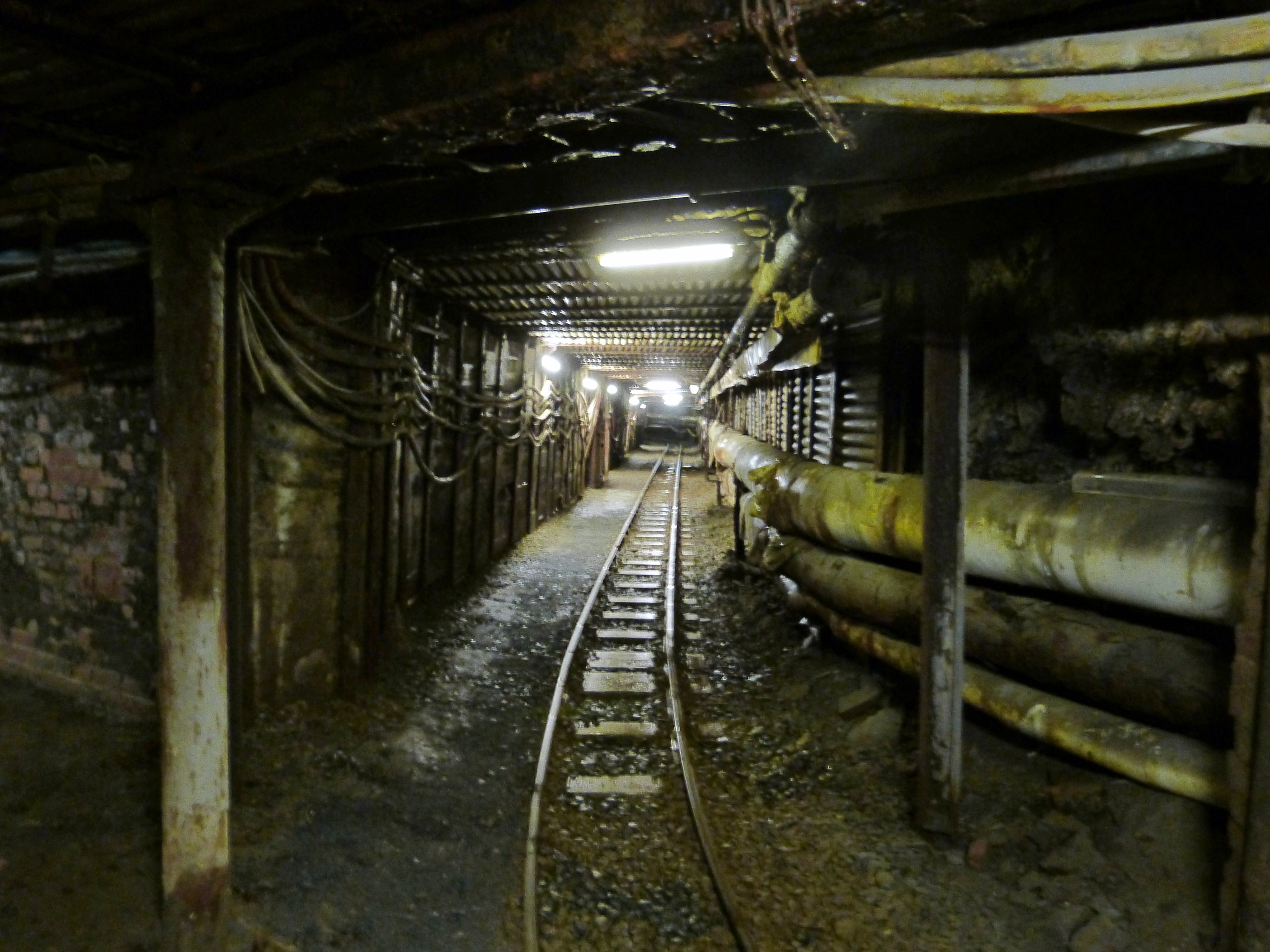
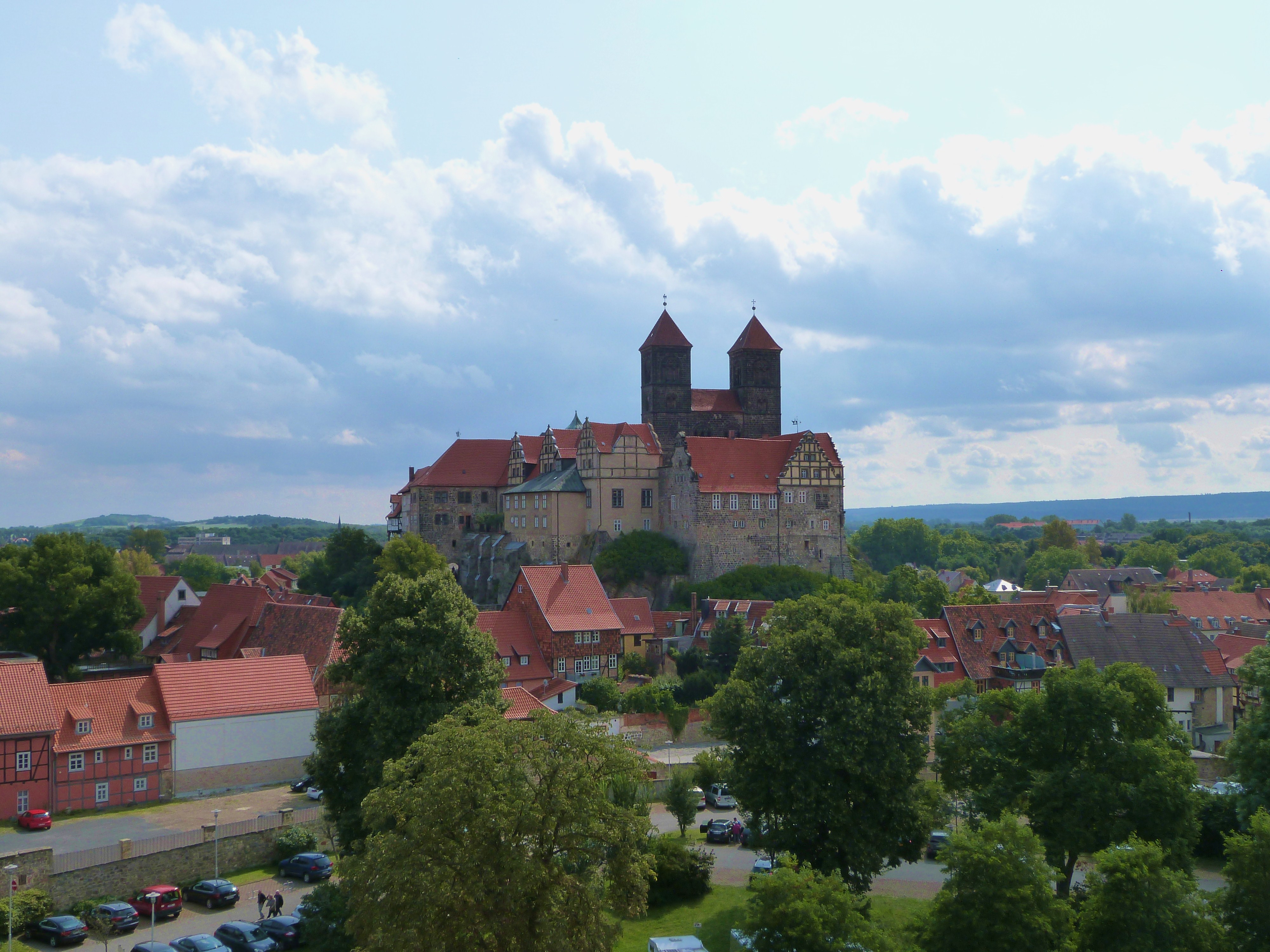



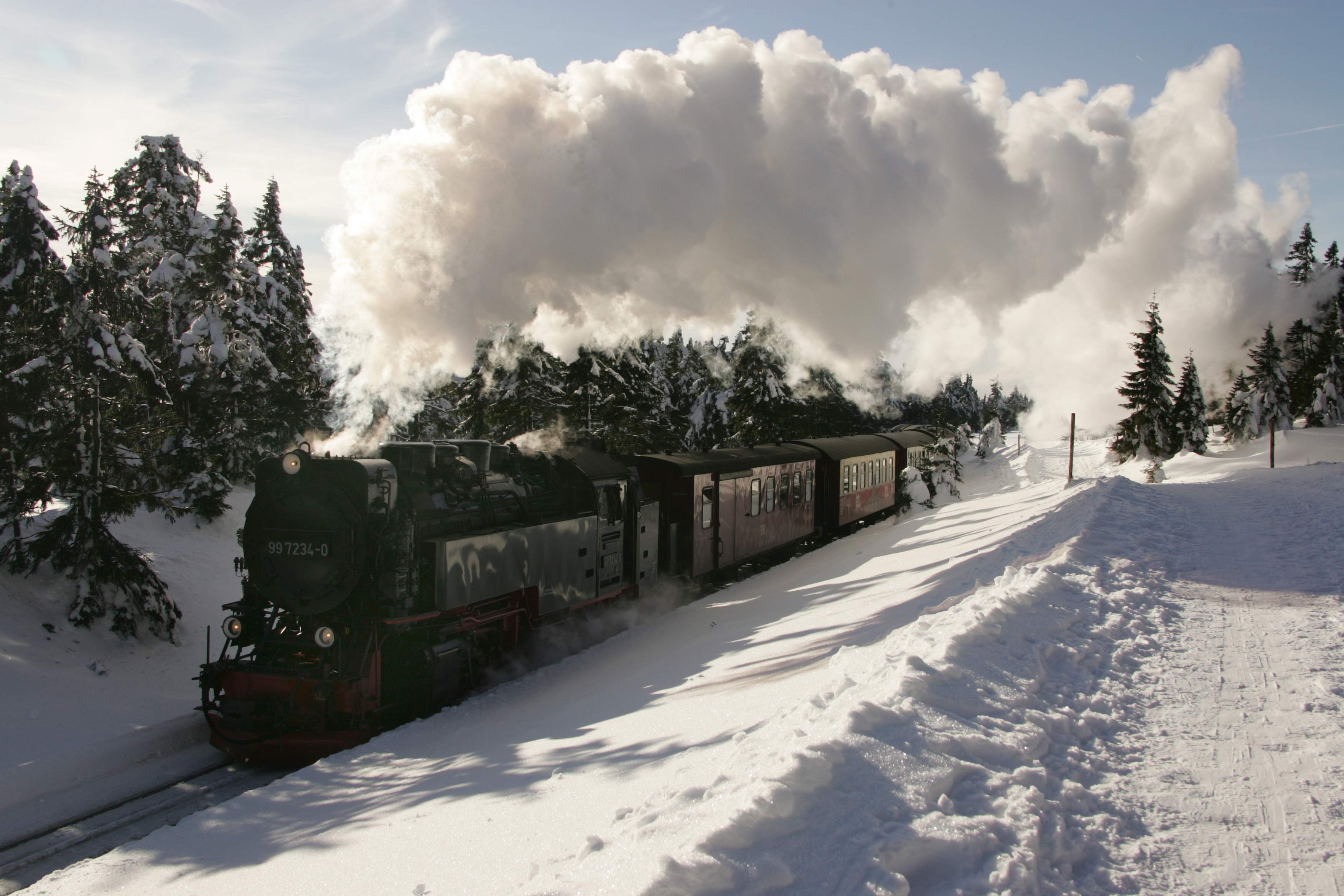
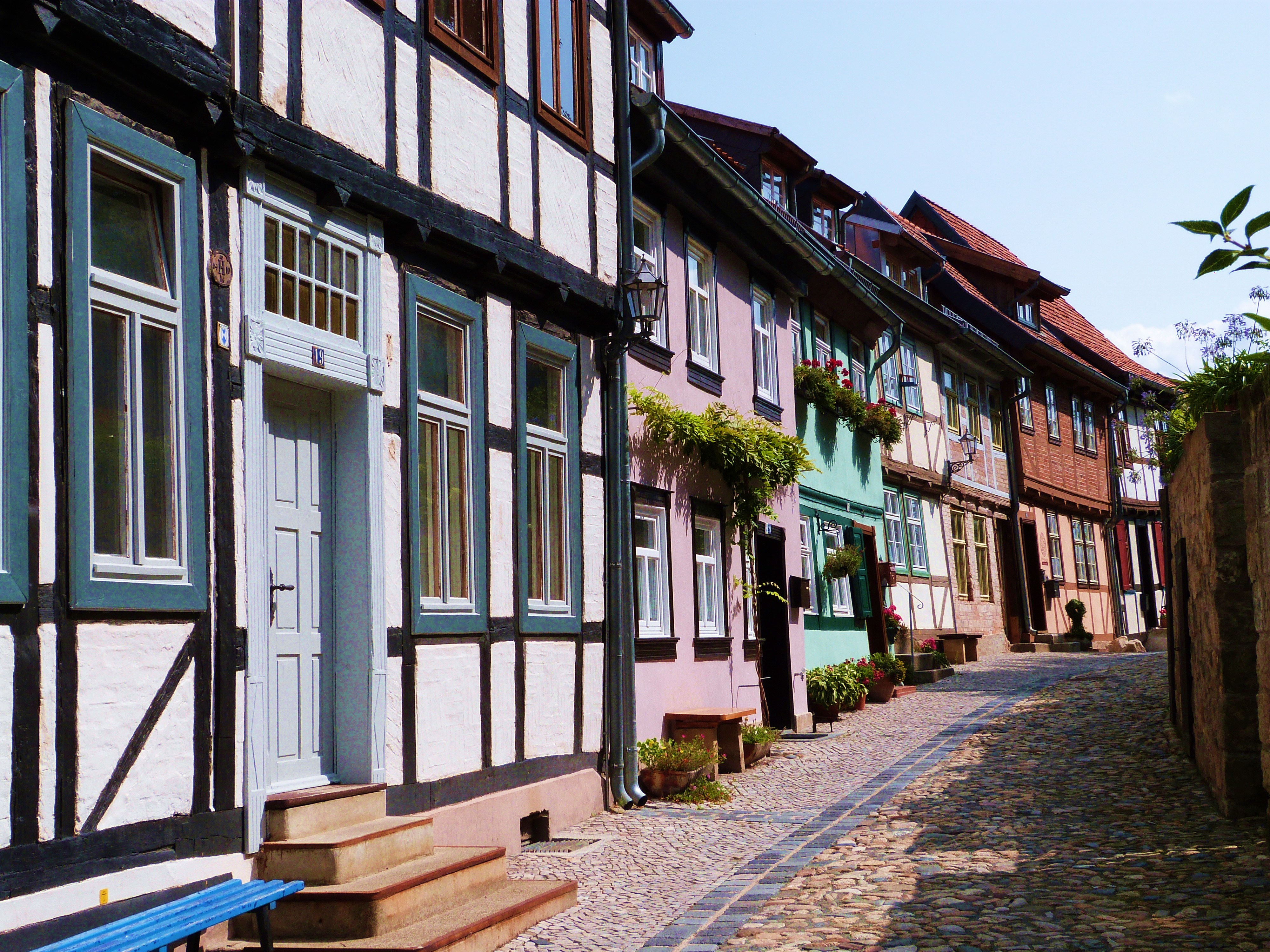
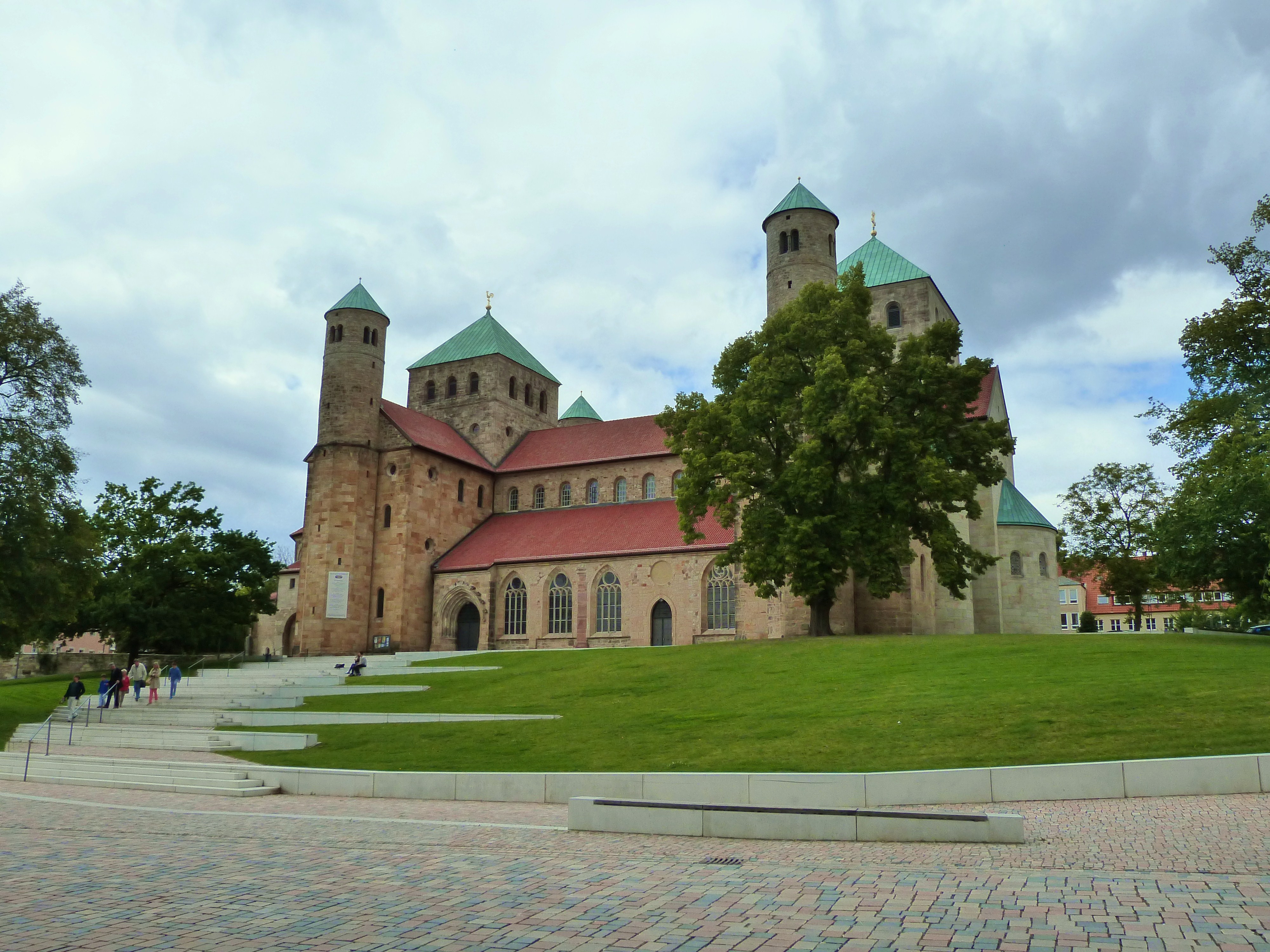

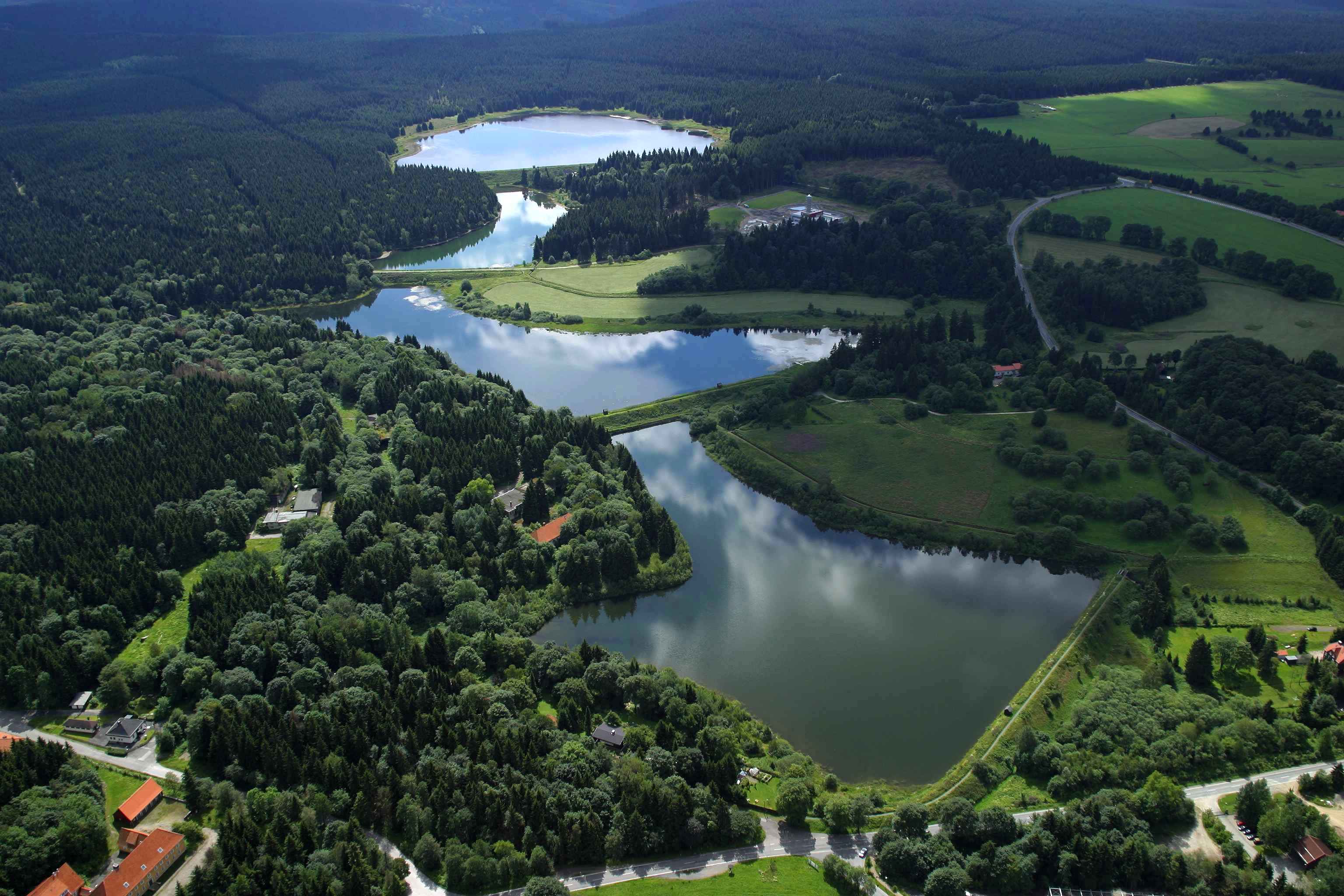
Sounds like my type of region. There’s a fourteenth reason that would be of particular interest to hill walkers. The Brocken is quite famous as mountains go and gives its name to the “Brocken Spectre” which isn’t a ghost but an optical phenomenon. http://en.wikipedia.org/wiki/Brocken_spectre. I was lucky enough to see one of these once (complete with a glory surrounding me) looking down from the top of Helvellyn early one morning.
I did actually read something about the Brocken spectre, but didn’t realise it was so well-known. Did you think it was a person when you saw it?
It was quite obviously my shadow so didn’t cause me any confusion. What I found most impressive was the surrounding glory which was both clear and very colourful. A special moment.
I would definitely visit. It looks absolutely fascinating, and the hiking looks top notch. Germany is so huge and diverse it’s a real shame to stick to the same old destinations.
I couldn’t agree more – Germany is the ountry I have travelled around the most and there is still so much left to see!
Timber-framed houses make me think of France – Normandy or Alsace, t’s so odd to see them in Germany. Very quaint and pretty though!
I’ve always associated them with Germany actually, but I haven’t travelled most in France so maybe that’s why…?
True I guess, tho I also associate more colorful exteriors with Germany too.
There is an English website for Harz:
http://www.thisisharz.com
Lots of info on this site.
The best Xmas market is in Goslar, really beautiful, especially if it has been snowing.
Thanks for sharing Martin. Would love to get to one of the Christmas markets – bet it looks magical.
Hey, happy to read you liked it here! The entire Harz region is absolutely fascinating and offers a range of activities and sights. (And yes, the Christmas market in Goslar is amazing!) Kind regards from Goslar!